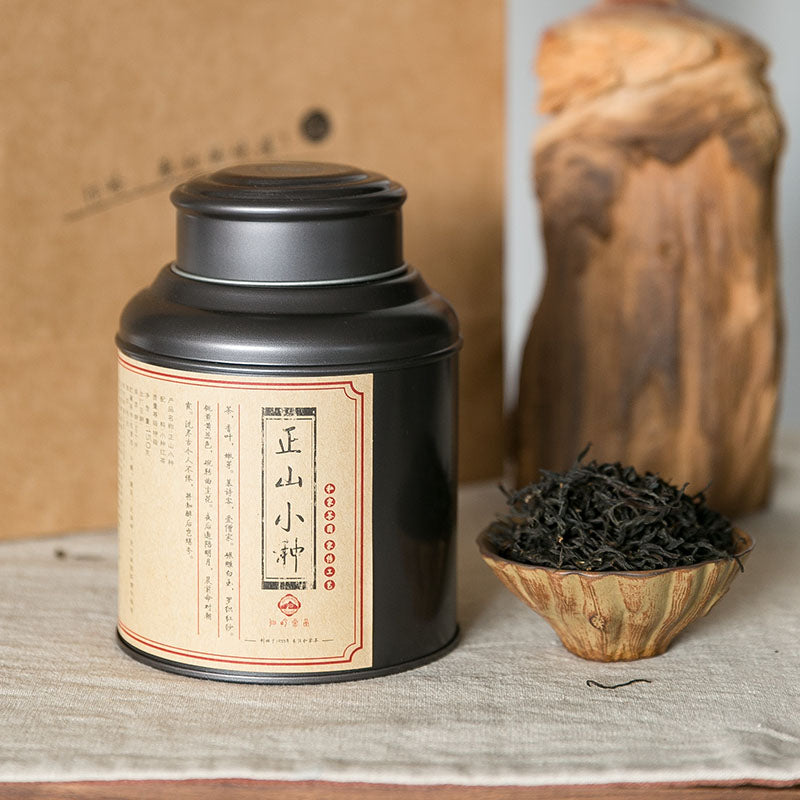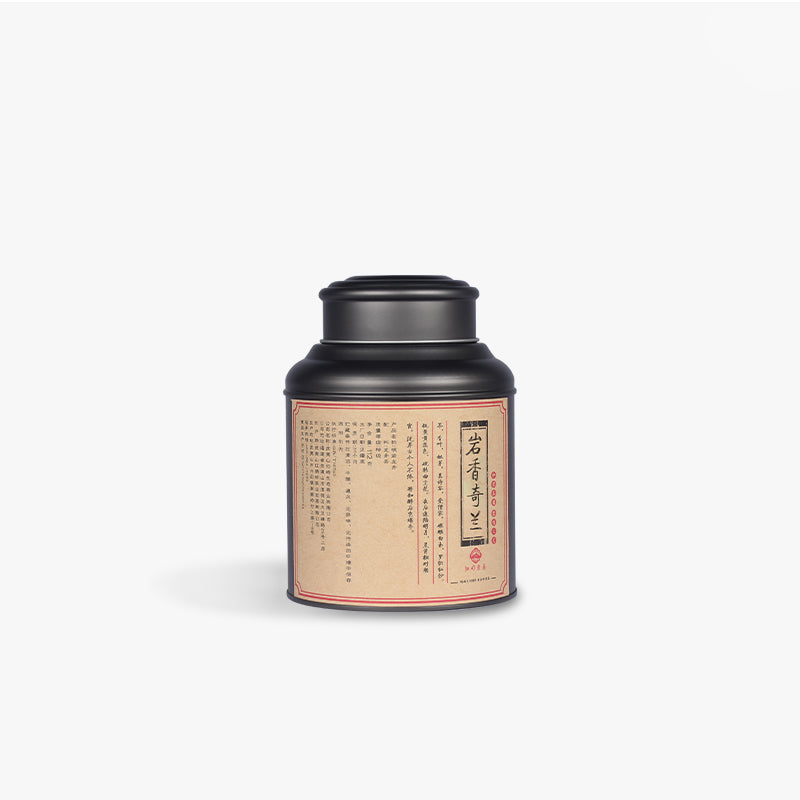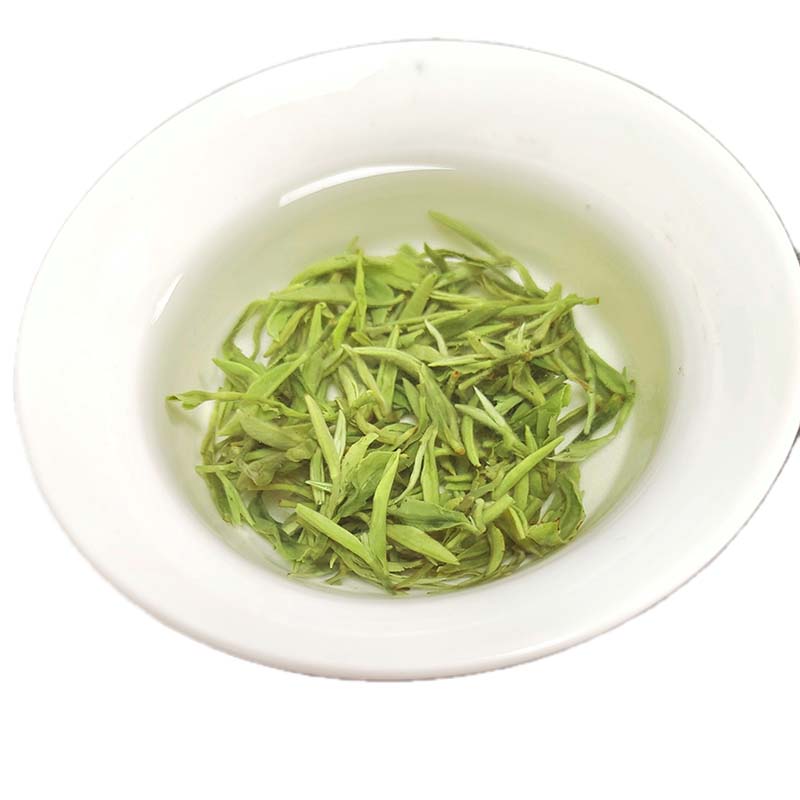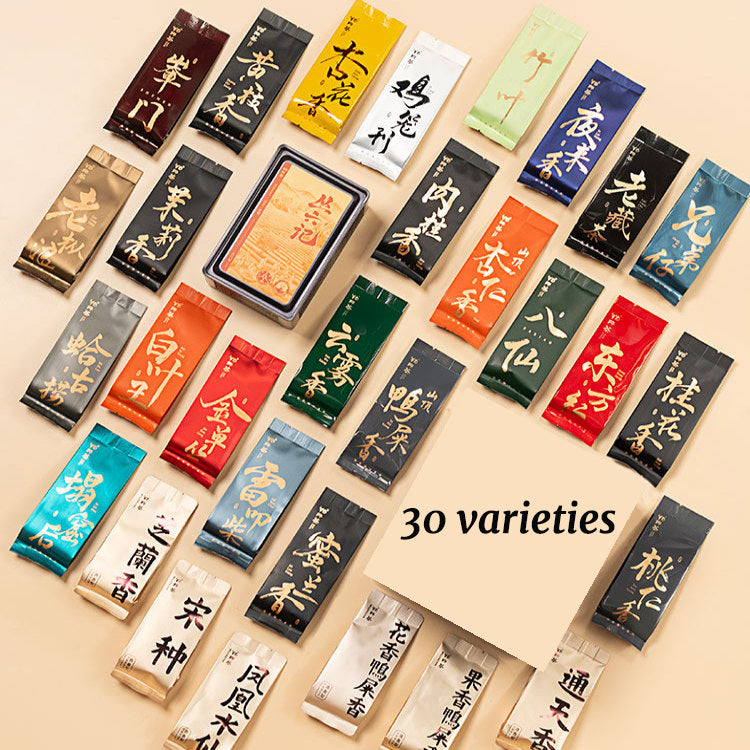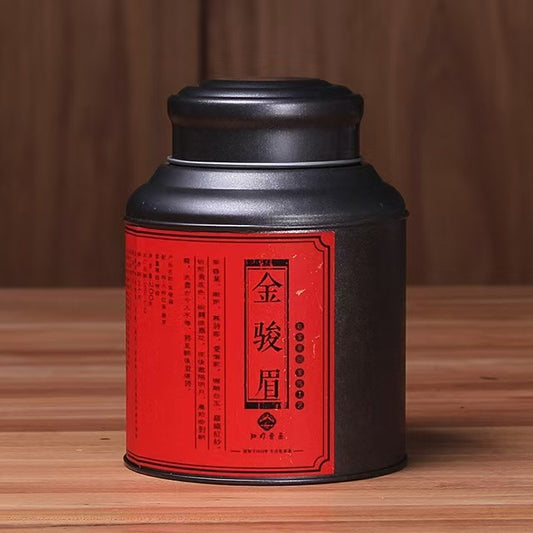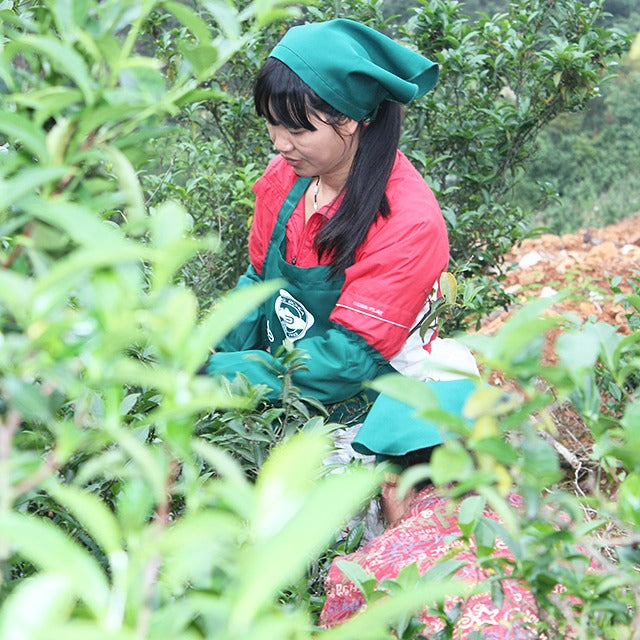The Art and Craft of the Jingdezhen Gaiwan
The Art and Craft of the Jingdezhen Gaiwan
In the heart of China's Jiangxi Province lies Jingdezhen, a city renowned for its porcelain heritage and the artistry that has endured for over a thousand years. As I sip my morning tea, the delicate rim of my Jingdezhen gaiwan, cool against my fingertips, transports me to a time when emperors sought the unparalleled beauty of porcelain from this ancient kiln.
A gaiwan is more than just a vessel; it's a timeless tool that embodies the essence of Chinese tea culture. This piece of teaware, consisting of a saucer, bowl, and lid, is designed to enhance the tea experience. The elegance of the Jingdezhen gaiwan is its simplicity, allowing the tea leaves to unfurl gracefully, revealing their hidden aromas. When choosing a gaiwan, consider not just its aesthetics but also the tactile experience. The thin, egg-shell finish unique to Jingdezhen craftsmanship provides a tactile pleasure as you hold it, almost as if the tea is whispering its secrets through the porcelain.
The origins of Jingdezhen’s porcelain date back to the Han Dynasty, but it was during the Yuan Dynasty that the city earned its reputation as the "Porcelain Capital." The secret to its enduring legacy lies in the quality of its kaolin clay, coupled with the generations of skilled artisans who have perfected the art of porcelain making. Each gaiwan is a testament to meticulous craftsmanship, where artisans blend ancient techniques with innovative designs, reflecting the spirit of both history and modernity in a single cup.
The visual allure of a Jingdezhen gaiwan is rivaled only by its functional prowess. Its design aids in controlling the brewing process, allowing for the perfect infusion without the need for a strainer. The ritual of using a gaiwan may seem daunting at first, but soon becomes a meditative practice. The gentle lifting of the lid, the swirl of the cup, and the pour into a tasting cup invite you to engage with your tea, savoring each moment. For me, it's a daily reminder to slow down and appreciate life's simple pleasures.
Collectors and tea enthusiasts often seek out hand-painted pieces from Jingdezhen, where each brushstroke tells a story, be it of a serene landscape, delicate flowers, or traditional Chinese motifs. These designs aren't just decorative; they connect us to the rich cultural tapestry of China, where tea has been not just a beverage but a philosophy shared among poets, scholars, and everyday people alike.
Owning a Jingdezhen gaiwan is much like owning a piece of history. Whether you're brewing a vibrant green tea or a deep, earthy pu-erh, the spirit of centuries-old craftsmanship lives on in each sip. It's a reminder that, in tea as in life, the beauty often lies in the simplicity and the story behind the craft. As the last drops of tea grace the edge of my cup, I'm left with more than just a refreshed palate — I carry with me a bit of the timeless elegance of Jingdezhen porcelain.

